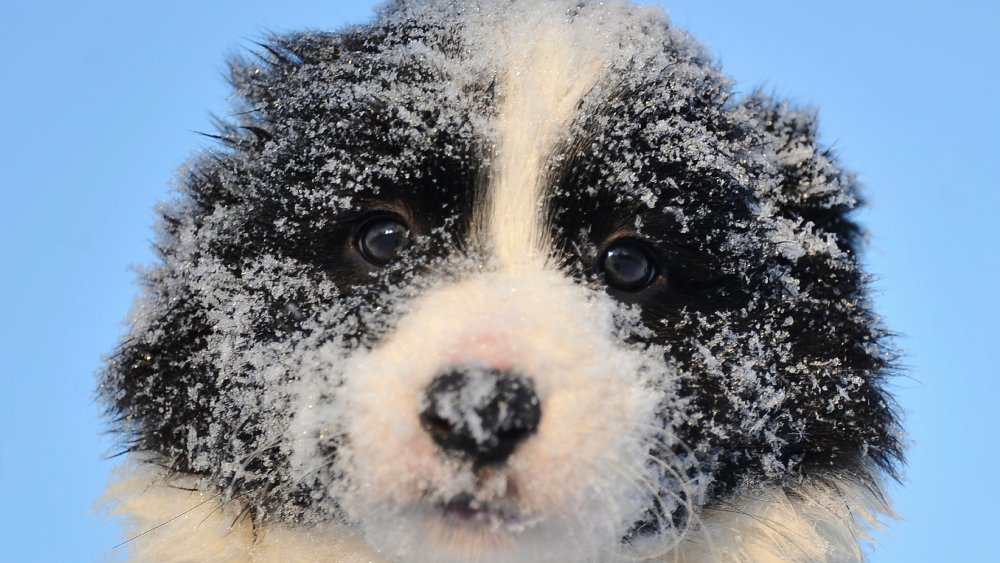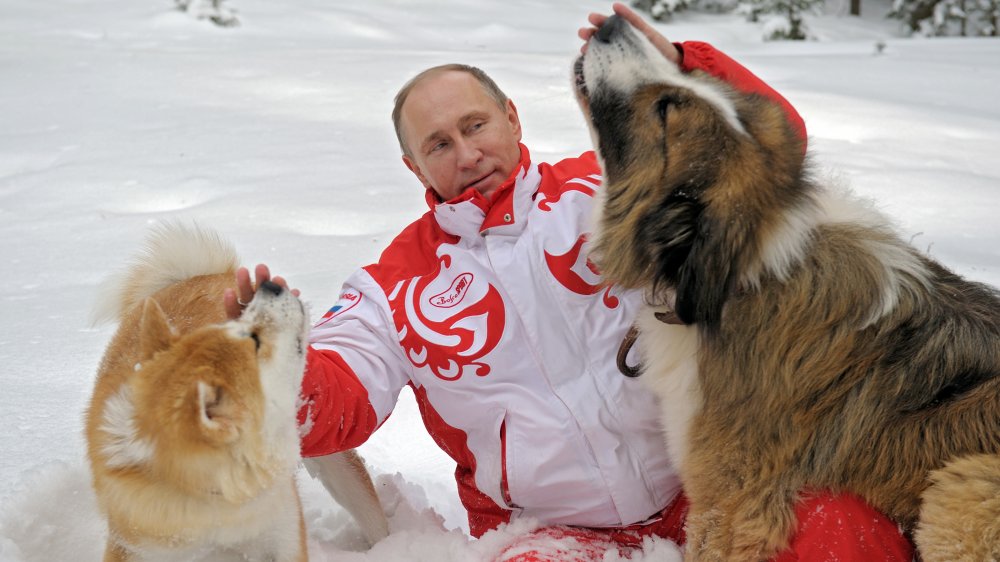Russian Scientists Discover 18,000 Year Old Frozen Puppy
If you zoom out far enough on Google Earth, you'll see that America actually exists within a bubble of preconceived notions and pork fat. Or at least that's how it appears to the rest of the world. If this seems harsh, then consider that every year, on the birthday of our nation, we televise an event attended by over 40,000 ravenous fans and viewed on ESPN by over 2 million people. That event is a 10-minute hot dog eating contest. The current record is 74.
So it's understandable that one of America's most classic rivals, Russia, would attempt to gain glory in the polar opposite fashion — by presenting the world one ancient, timeless cold dog — in the form of an 18,000 year-old frozen puppy.
Yes, the Ivan Drago to our Rocky has presented the world's most chilly dog, and it has not gone unnoticed. According to Yahoo, this slushiest of puppies was discovered "in a lump of frozen mud near the city of Yakutsk," and is "unusually well-preserved, with its hair, teeth, whiskers and eyelashes still intact." In other words, it's undigested.
"This puppy has all its limbs, pelage – fur, even whiskers. The nose is visible. There are teeth. We can determine due to some data that it is a male," said Nikolai Androsov, director of the Northern World private museum, where the remains are stored in the cold cuts section of its fridge.
The frozen puppy was a mammoth find
So who determined it was time to defrost this puppy? Apparently, it was "everyone in the world, but especially the Chinese." And no, they weren't trying to eat it. Everyone is responsible, because the permanently frozen Far Eastern region of Russia where this was discovered is melting thanks to global warming. That's on all of us. The Chinese get a special shout out because they're out there hunting for mammoth tusks, or "ice ivory", which is sold and carved into elaborate trinkets and sculptures, per Wired.
The only question scientists have yet to answer is whether the puppy is a dog or a wolf, which will require a third round of genome sequencing to solve. Just be glad it wasn't found in America, or that dog would have been wolfed down before we knew one way or another.

